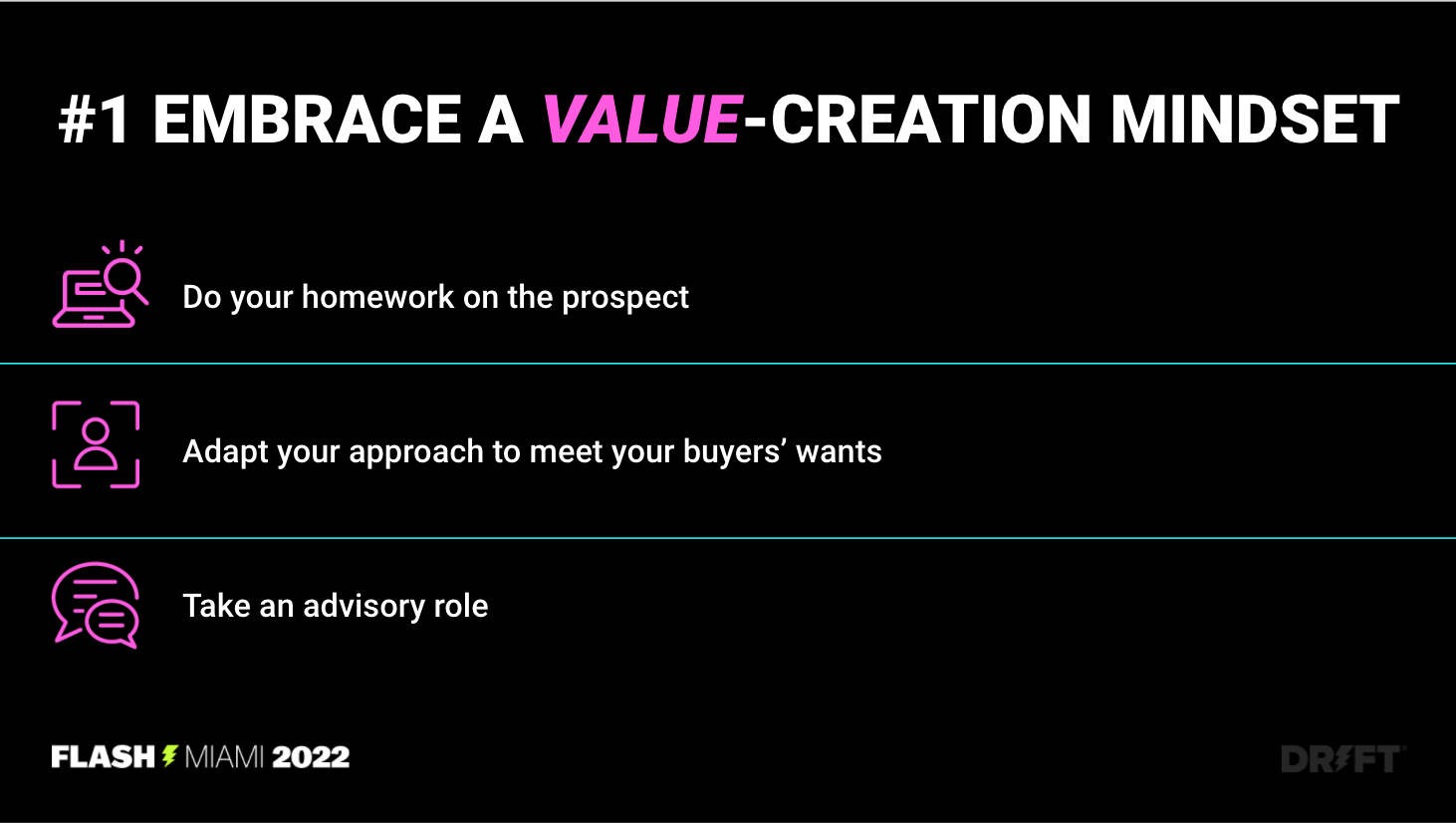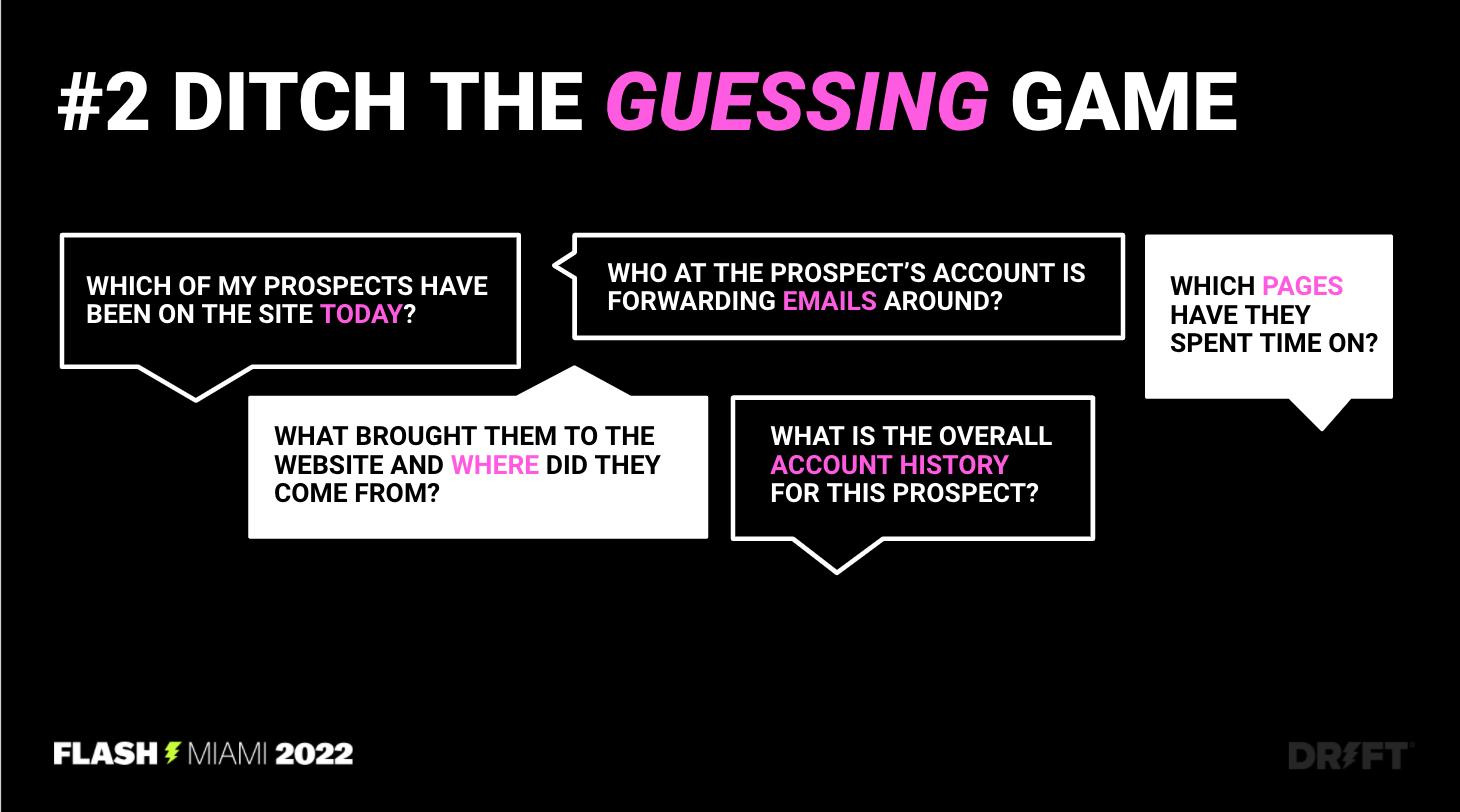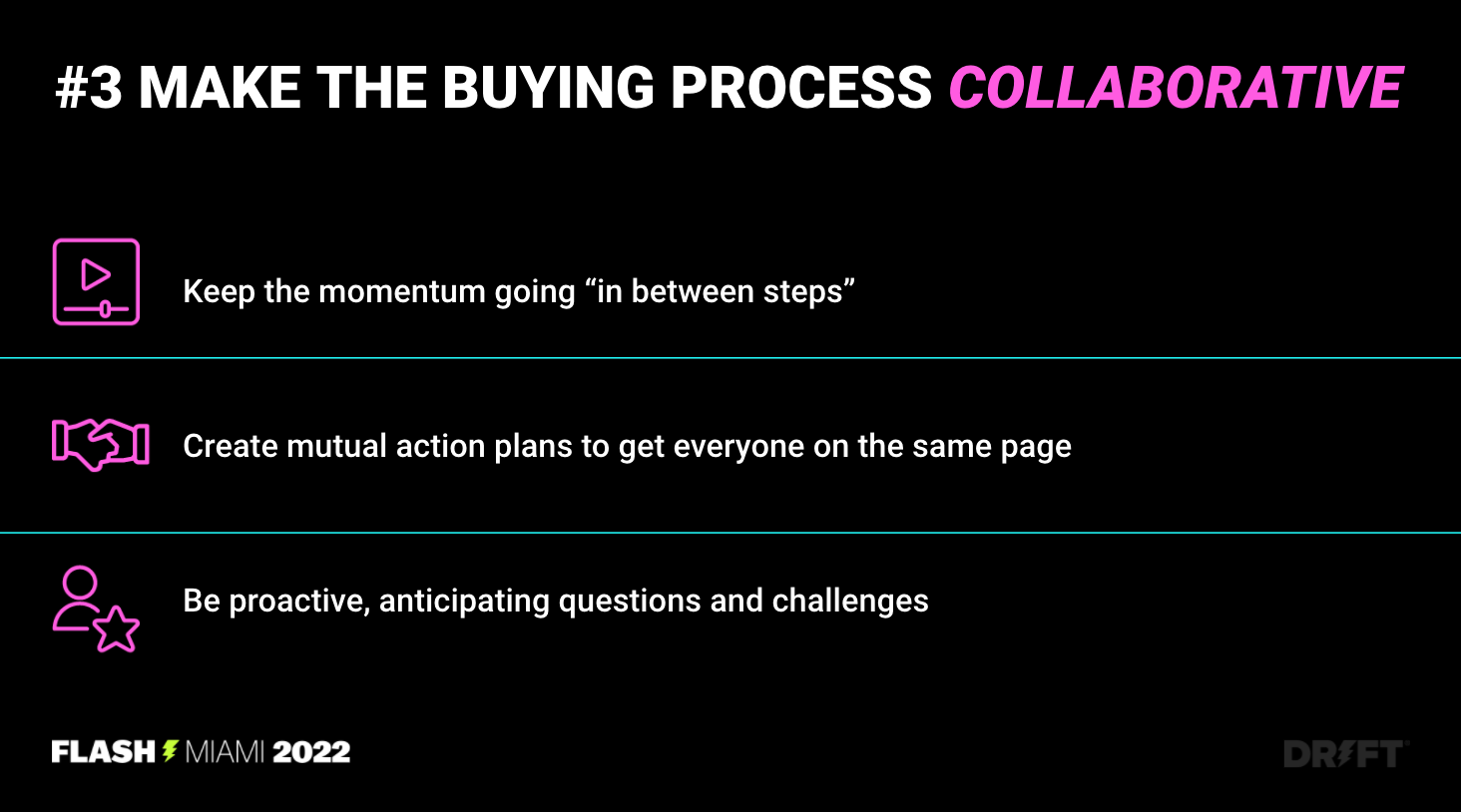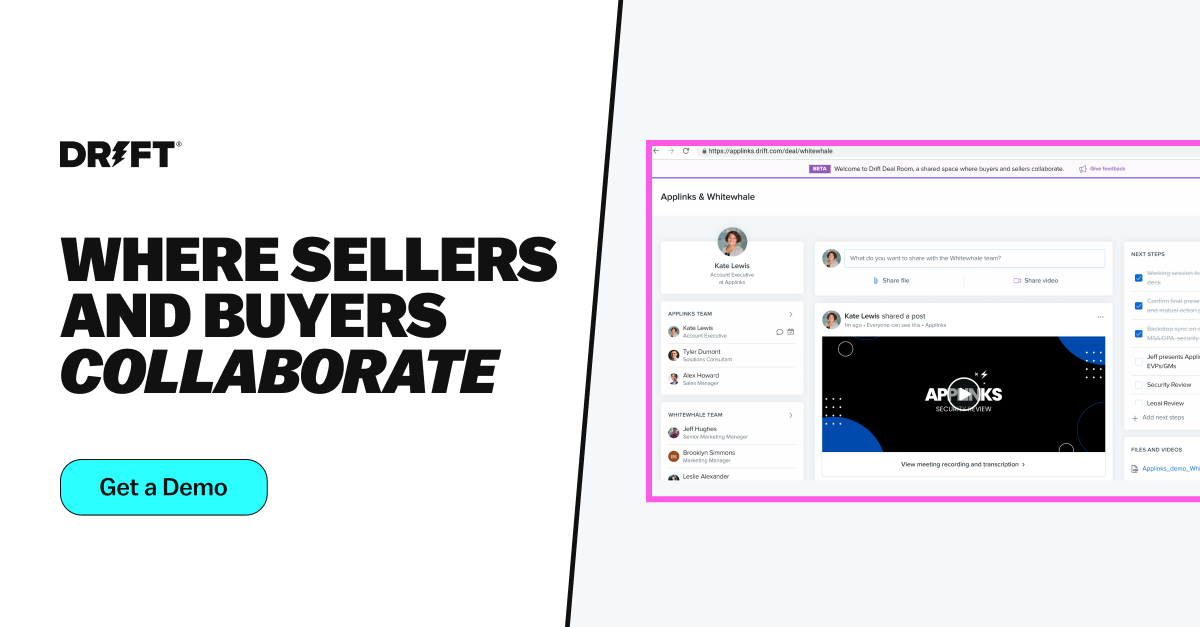Remember when sales meant hopping into a car and driving for hours to knock on doors or sit in lobbies until someone agreed to meet you? Maybe a good fit, maybe not. Maybe you got the timing right, maybe you didn’t. Either way, the sales process was linear — a series of presentations and a neatly packaged proposal at the end.
I definitely remember that.
Well, that kind of selling is quickly becoming a thing of the past.
I’ve been in sales for 20 years (my entire professional career), which means I’ve been lucky to have a front-row seat to the shifting dynamics between B2B buyers and sellers. Over the last few years, these changes have been accelerating which has resulted in the most adaptable teams thriving while more traditional sellers struggle to keep up.
When I first started out, sellers had all the power. At the time, buyers could only learn about and evaluate a product with the help of a sales rep. But today, buyers spend only 5% of the buying journey with a sales rep and 87% of buyers say they would prefer to self-serve part or all of their buying journey.
👆 That means you have very little time to deliver an amazing experience, prove the value of your solution, and edge out competitors. Unfortunately, sales reps often waste a lot of time with traditional sales strategies that result in bad experiences for everyone involved.
We need to modernize our approach to selling to meet buyers where they are with a personalized, frictionless experience.
Here are the three major shifts sales teams need to embrace to do exactly that:
1. Adopt a Value-Creation Mindset
For the modern seller, every interaction should be seen as an opportunity to create value for your buyers — even before you’ve closed the deal. And that starts with doing your homework.
Before you hop onto that first call, you should already have done research into the buyer and their company, such as their growth stage, team structure, product, services, etc. With that information, you will be prepared to ask relevant questions and coach the buyer in best practices. By connecting the dots for your prospect and providing insights that they couldn’t have gotten without you, you can create value for your buyer.
A big part of building credibility comes from being prepared and being thoughtful about what you share with the buyer because every buying journey is different. So, listen and follow the buyer’s lead while keeping in mind that your role is to help your prospect connect the dots and problem-solve.

Ultimately, you want to act as a consultant for your buyer. Your conversations should help them make decisions quicker, solve challenges, and learn how your solution will address their needs.
By taking a consultative approach, you’re building trust with your buyer. And if you have any doubt about how important that is, know that 88% of buyers only buy from those they see as “trusted advisors.”
2. Ditch the Guessing Game
Changing your selling mindset is only half the battle. If you want to start the right conversation, in the right place, at the right time, you have to stop selling with blinders on.
That boils down to leveraging buyer insights and intent signals.
Buyer insights can tell you exactly who is browsing your website, along with key firmographic information to help you better personalize their experience. In addition, intent data can give you a good idea of what that buyer is looking for based on their browsing behavior.
With the right tools in play, you won’t have to guess whether the site visitor is interested in your solutions or whether they would be a good fit for your products. Your sales team will instantly be able to answer those questions (and more) 👇

This data paves the way for a tailored buying experience that speeds up the sales cycle and improves your win rates.
3. Make the Buying Process Collaborative
Selling is no longer one-on-one. In every deal, you are dealing with a buying committee of six to 10 people, all of whom have slightly different priorities and challenges in mind.
If you want to keep all your stakeholders aligned throughout the sales process, you need to create a collaborative environment that brings together buyers and sellers. This means making information easily accessible to the whole buying group and proactively driving the deal forward.

Between interactions, you want to keep the momentum going, such as by sending a quick video to recap your previous conversation. Sending videos between Zoom calls saves time, delivers crucial information, and helps differentiate your experience from those of your competitors.
These videos can also help bring any stakeholder up to speed on a deal. This is important because you want to be transparent about what is going on and keep everyone on the same page with a clear mutual action plan.
Finally, you have to be proactive instead of reactive. Top-performing sales reps anticipate challenges that the buyer might face and address them preemptively. They also continue to follow their buyer’s intent signals throughout the deal.
Through a collaborative environment, you can work with buyers to move through deals quickly and asynchronously, stay aligned on action items, and solve any problems that may come up. And that will create a better buying experience overall.
Final Thought
At Drift, we fundamentally believe that every deal should feel human. Because, at the end of the day, these interactions are human-to-human conversations.
That is why we owe it to our buyers to continuously evolve in the way we sell. And, in the modern era, that means we should dedicate ourselves to having conversations that make buying frictionless, more enjoyable, and more human.









